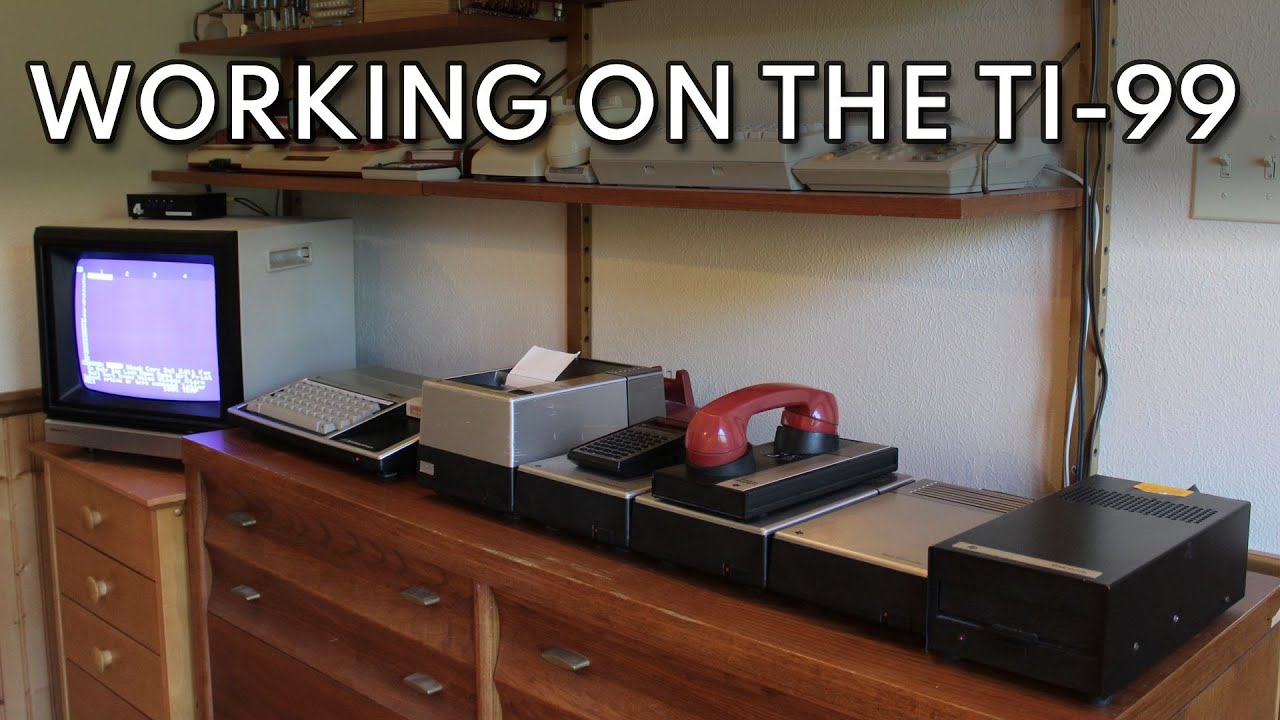In October 1979, semiconductor giant Texas Instruments entered the home computer market with its TI-99/4 all-in-one computer, announced at a retail price point of US$1150 (around US$4400 in March 2022 BidenBucks). Unlike competitors from companies such as Commodore, Apple, and Tandy/Radio Shack, who used 8-bit microprocessors such as the 6502 and Z-80, the 99/4 employed Texas Instruments’ TMS9900 16-bit processor, which implemented the instruction set of the company’s minicomputer line and was also the processor used in the Marinchip Systems M9900 machines for the S-100 bus which I had introduced in 1978.
The TI-99/4 was a fine example of how Texas Instruments, an engineering company par excellence, was blind, deaf, and all thumbs when it came to marketing. The machine, equipped with a 16-bit processor somewhat similar to Digital Equipment’s PDP-11 in architecture, was equipped with only 256 bytes of 16-bit memory and 16 Kb of 8-bit video memory which the processor could only access indirectly and slowly. It was intended to run canned applications from cartridges, and no information was provided for independent developers. Jerry Pournelle wrote at the time “TI’s message is loud and clear: 'Drop dead, hobbyists!”. The machine came with a calculator-style membrane keyboard which, along with its nonstandard layout; made typing difficult. Its only programming language was TI BASIC, which benchmarks showed to run around half the speed of Microsoft BASIC on pure 8-bit machines.
In June 1981 an update, the TI-99/4A was announced at a lower price point of US$525 (US$2000 today) with additional peripherals available (most costing around twice competitors’ equivalents) and a real keyboard, but retaining the closed architecture.
This was a colossal flop, and the series was discontinued in March 1984 after racking up losses over its history estimated at around half a billion then-dollars. After the product was discontinued, the remaining stock was sold out at US$49 for the complete computer.
